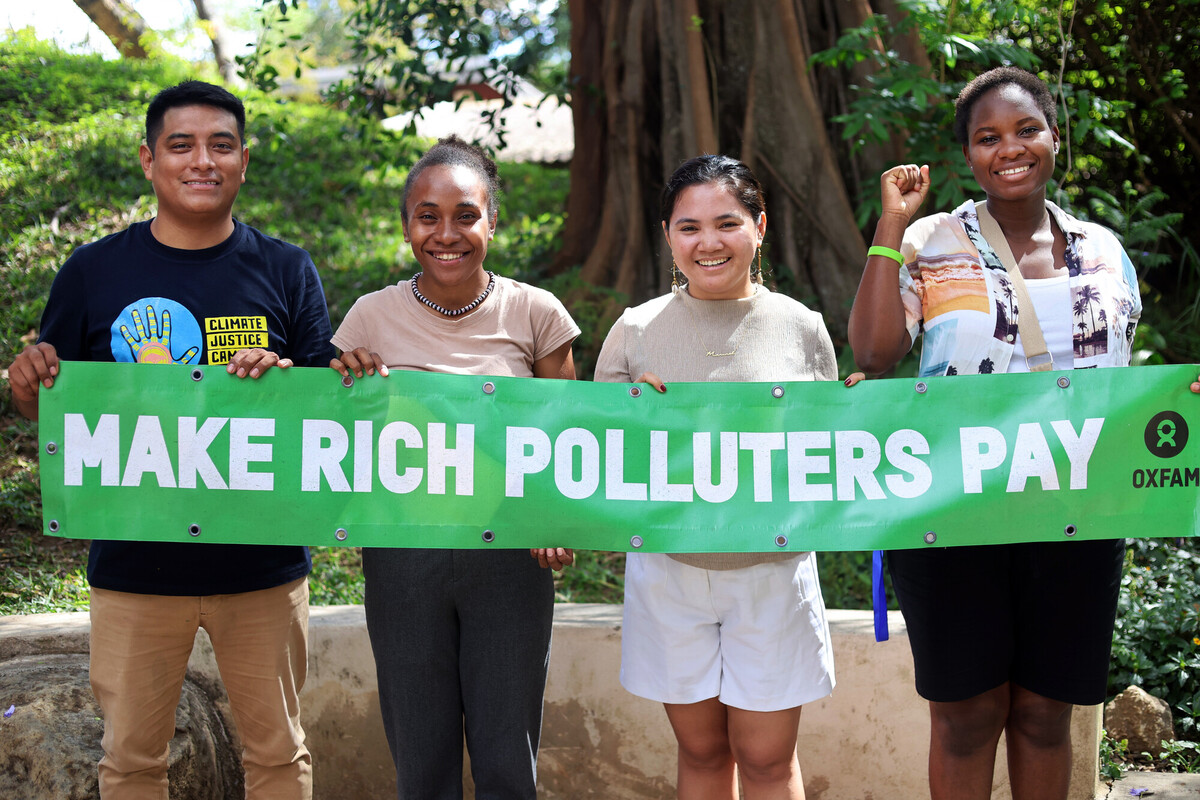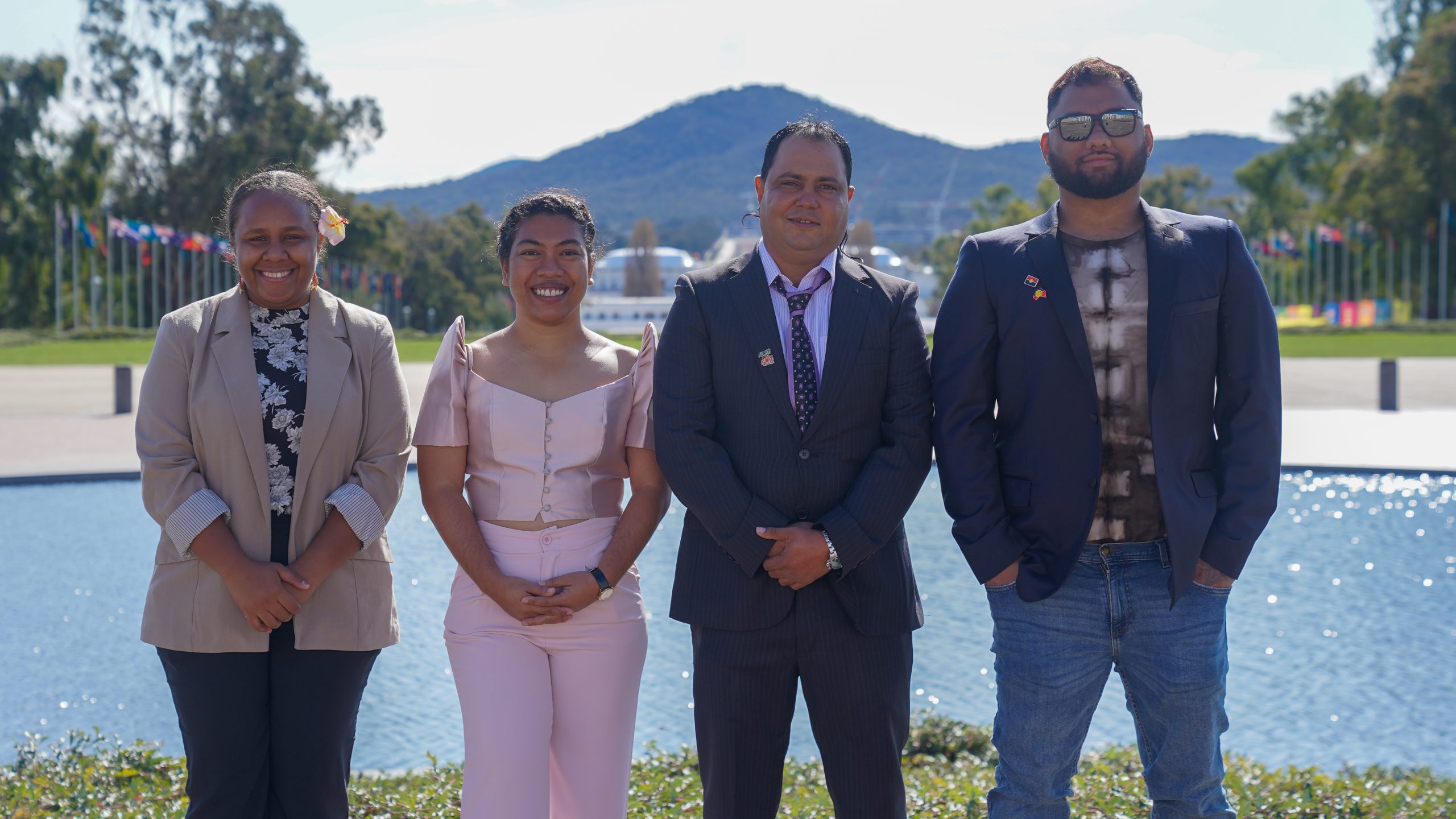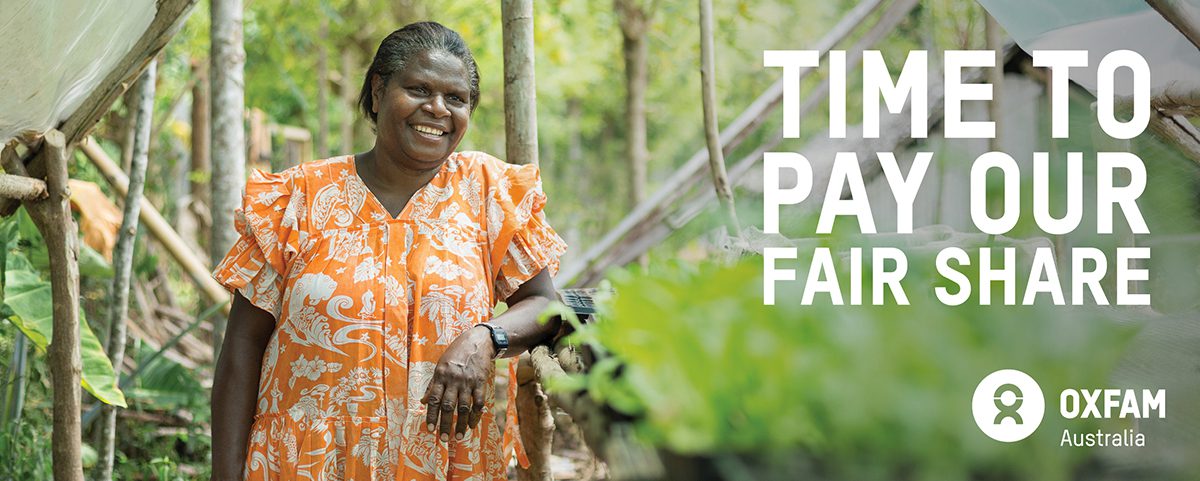Here’s a paradox for you: 870 million or 1 in 8 people are going hungry on our planet. But in the past decade, Oxfam research suggests global land deals have covered enough land to feed one billion people.
So if there is – theoretically – enough land to feed the world’s hungry, where are we going wrong?
It’s a complex question, with a complex answer. But there is one cause that has the global community very worried: the global rush to acquire land and the impact this has on poor countries.
In developing countries, an area of land equivalent to 10 MCGs is sold off every minute to foreign investors. But this land is often not bought or sold for the sake of feeding local communities – on the contrary, many foreign investors are appropriating valuable land to harvest crops for their own nation’s food supplies or for the production of biofuels.
So where is this land coming from?
The notion that there is an abundance of unused land just waiting to be developed is a myth. Much of the agricultural land sold in these deals is already being utilised by local communities. This can be devastating: in areas where monetary income is low, access to this land is vital for food security. In Kenya’s Tana Delta region, women supplement their diet and income by growing small plots of fruits and vegetables, and selling the surplus. Loss of this supplementary income could force these women to either import food or rely on food aid: the first option is unaffordable, the second is unsustainable.
But doesn’t more large-scale farming mean more food for the poor?
Unfortunately this is not always the case. In some cases, this land is left idle as speculators wait for its value to increase. In others, investors intend to export everything they produce on the land. Local communities that did have access to land for subsistence farming or small-scale production are not only denied the land itself, but also denied its produce.
The other product investors are after is biofuel. The evidence we have available suggests that many of the global land deals in the last decade have been focused on growing crops that can be converted to fuel: crops like soy, sugarcane and palm oil. In these deals, it’s generally poor people who are increasingly marginalised for the sake of foreign profit.
So what can be done?
The World Bank is an important player in land acquisitions. It funds land deals, advises government on land policies, and sets global standards for investments. Oxfam is campaigning for the World Bank to recognise the impact of land grabs and working to protect the livelihoods of these communities. After months of campaigning by Oxfam, the Bank has recently acknowledged it has a part to play in tackling land grabs. The Bank’s Spring meetings are on this week, starting on 20 April. Oxfam and its supporters worldwide will be watching the Bank carefully to make sure it is taking action to address land grabbing.
The power of agricultural investments can’t be overstated. Managed poorly, they can destroy livelihoods. But if the Bank can implement strong safeguards to protect local communities and ensure they participate in decisions about their land, improve transparency and accountability about land acquisitions, and encourage others to follow suit, we might see a shift.
We might see more powerful agricultural investments working towards alleviating poverty, rather than propagating it.
Join Oxfam’s campaign by sharing and tweeting our most recent action: a film clip on land grabs inspired by Coldplay and created by our supporters.
For more information on land grabs, read ‘Our Land, Our Lives: Time Out on the Global Land Rush.’
by Victoria Sanderson


